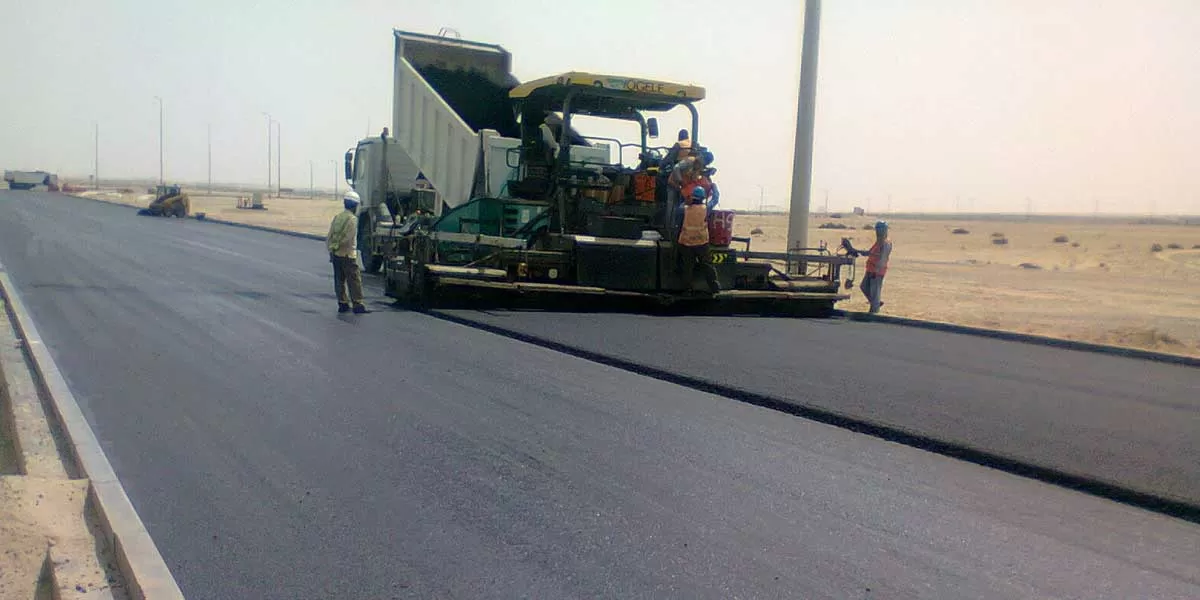Municipal Commissioner Inderjit Singh confirmed that work had already begun on seven major roads selected for upgrades in the first phase. These improvements included road widening, underground cabling, and the installation of vending zones, all aimed at enhancing connectivity and urban aesthetics. He mentioned that these upgrades would transform the city's road infrastructure, making it more organized and visually appealing while significantly improving connectivity and convenience for residents. Executive Engineer Atul Mishra provided details about the roads under development, which covered a total of 16 km. The selected roads included Kalidas Chauraha to Atal Chowk, University Road to Hanuman Setu Dham road via RLB Chauraha (Kalakankar road), and Mandir Marg from Gole Market to Alkapuri Tiraha via Channy Lal Chauraha, Kapoorthala, and Classic Restaurant to Astha Hospital via Mahanagar Boys School.
Other roads included Puraniya Aliganj to Mama Road via Sulabh Toilet, Savitri Apartment, and Savitri Apartment to Kursi Road Petrol Pump via Jan Gadna Nideshalaya, Tadikhana Divider Road to Pappu General Store via Vindhyachal Crossing, and Vindhyachal Temple to Bati Chokha Restaurant, IGNOU Road Intersection to Allen House School, and Rajnikhand Powerhouse to Sainik Dhaba on Rae Bareli Road. GPRS surveys and centre markings had already been completed, and pipelines for power cables and other utilities were being laid as part of efforts to shift all overhead services underground.
Inderjit Singh further stated that the upgraded roads would be wider than 10 metres and equipped with smart features, including streetlights, footpaths, benches, and green spaces. He emphasised that underground ducts would house power, water, sewer, and gas pipelines, while dividers and drainage systems would be added where they were currently absent. He assured that these improvements would greatly enhance convenience and connectivity for residents. He also mentioned that proposals for Phase 2 had been submitted.


